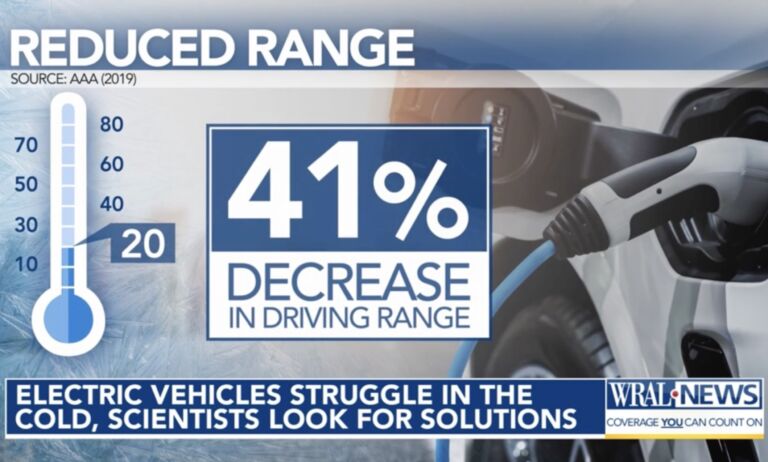It’s Women’s History Month and we have the opportunity to celebrate women and their contribution to society, history, and progress. We have much to celebrate.
Yesterday was “Equal Pay Day” and President Biden took the opportunity to slap a new Executive Order on the issue of the gender pay gap.
Paychecks are just one way to measure the successes of women. And contrary to what progressives tell us, women do not need disproportionate government help.
Here are a few facts about the gender pay gap to keep in mind:
- The narrowing gender pay gap is not the result of discrimination.
The White House yesterday claimed, “In 2020, the average woman working full-time, year-round earned 83 cents for every dollar paid to their average male counterpart.”
But we need to compare apples to apples. Men and women make about the same amount when job titles, experience, responsibility, regional labor markets, and other individualized factors are considered, according to public testimony by economist, author, and expert on this issue, Diana Furchtgott-Roth. When age, seniority, fertility rates, and tenure are accounted for, studies found the wage gap narrows still.
Fortunately, discrimination is not the reason for the gender pay gap.
2. Women must be free to make the work-life choices they desire.
On average, when the aforementioned factors are not accounted for, women do earn less than men. This is the result of different choices. Women in a free society are able to choose the occupation they desire, and men and women choose to pursue different career paths. It’s disingenuous to claim women earn less than their “average male counterpart,” because the “average” female and male worker are largely in different occupations.
Moreover, it is certainly not a bad thing that women who choose to have more children may work fewer hours and therefore could earn less. The family unit, not the government, is important in allowing such decisions.
“Keeping up” with men on the single metric of a paycheck is too low of a standard. Fortunately, capitalism has allowed women to flourish in all areas of society.
3. Progressive attempts to “help” women do the opposite.
Oftentimes policies aimed at helping women do the opposite. Pay should be based on productivity and according to a workers’ unique skillset. Programs like the Paycheck Fairness Act are one-size-fits-all. These policies insert government and lawyers as a middleman in employer-employee negotiations, thus taking away the power of choice from both. Worse, it discourages employers from hiring women and minorities as they would be included in any class-action lawsuits. This would discourage hiring by raising the cost of employment, benefitting plaintiffs’ lawyers rather than the minorities the policy intended to protect.
Similar to any government policy targeting historically disadvantaged groups, policies that are truly pro-women will remove government obstacles and give women the power to choose their own path to prosperity.


